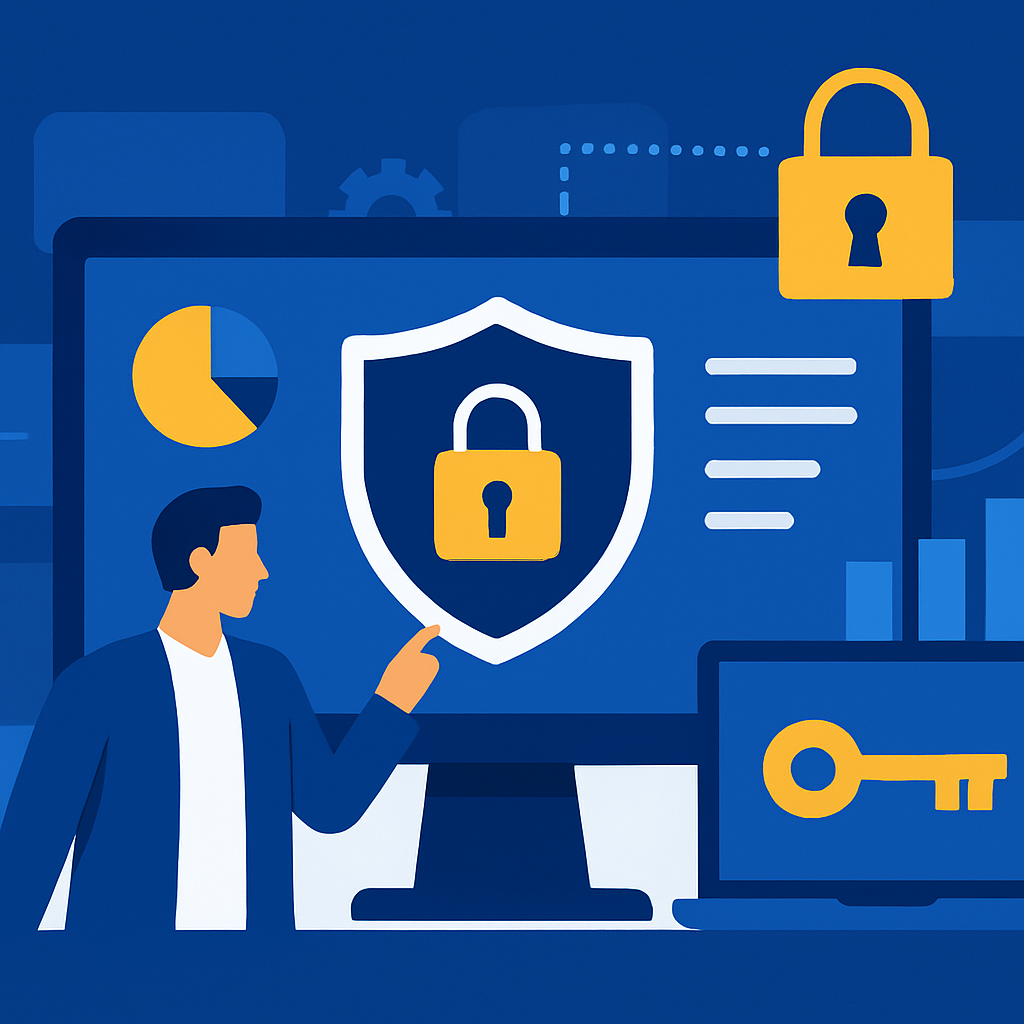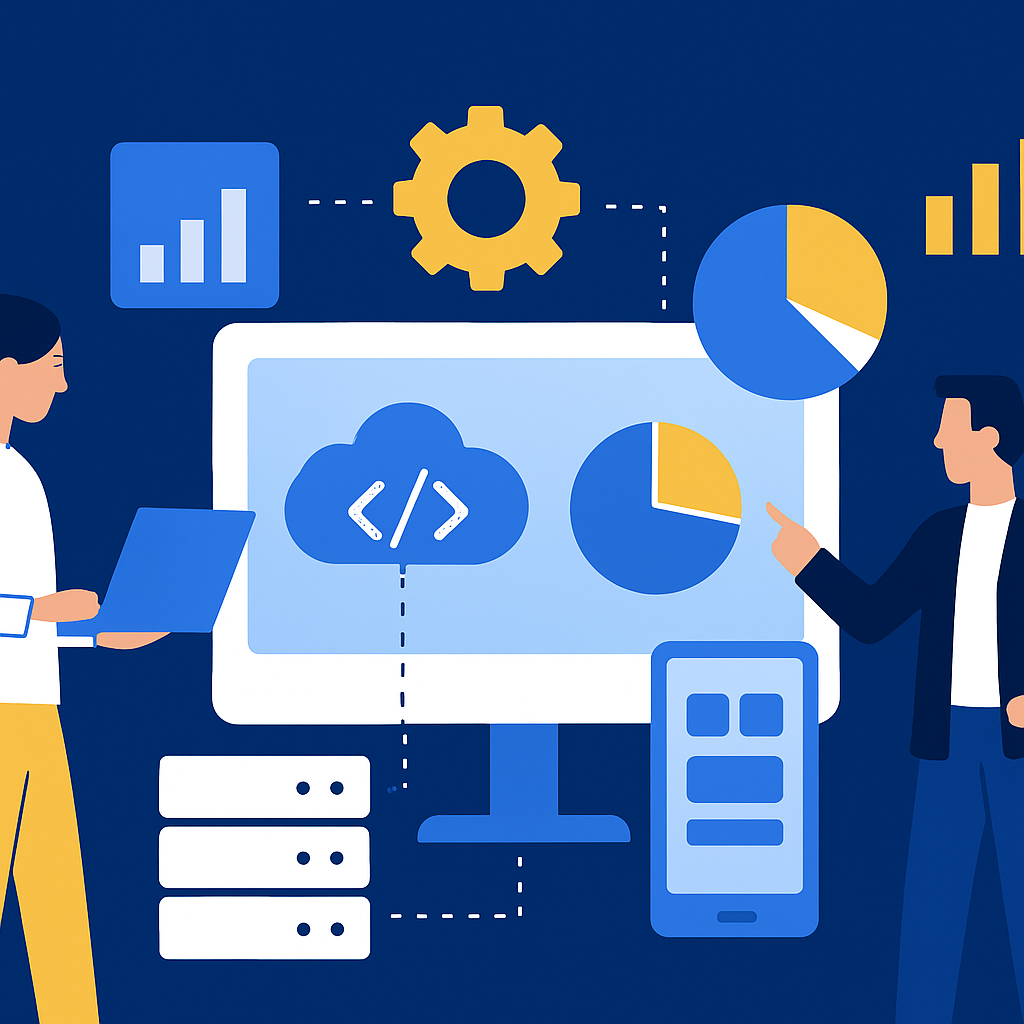
Cybersecurity Threat Mitigation Strategies for the Modern Enterprise
For C-level executives and IT decision-makers, cybersecurity is no longer just a technical challenge—it is a core business priority. As organizations accelerate digital transformation initiatives and integrate advanced technologies such as AI, IoT, and cloud platforms, they expand their attack surface, making robust cybersecurity threat mitigation essential.
Understanding the Evolving Threat Landscape
Cyber threats today are multifaceted, ranging from ransomware attacks and phishing campaigns to insider threats and nation-state-sponsored intrusions. The rise of hybrid work models and interconnected supply chains has further increased complexity. A proactive approach demands continuous monitoring, rapid incident response, and a security-first culture embedded across all business units.
Key Principles for Effective Threat Mitigation
1. Align Security with Business Objectives
Security strategies must be integrated into overall business goals. This means aligning risk management with strategic priorities, regulatory compliance, and customer trust. Using tools like the IT Security Maturity Scorecard can help assess organizational readiness and identify gaps.
2. Implement Layered Security Controls
A multi-layered defense model—combining network security, endpoint protection, identity management, and application security—reduces the likelihood of a single point of failure. Regular penetration testing and vulnerability assessments ensure that controls remain effective against emerging threats.
3. Leverage AI for Threat Detection and Response
AI-powered analytics can detect anomalies in network traffic, user behavior, and system access patterns far faster than traditional methods. Organizations can explore our AI Solutions and AI Implementation services to build intelligent threat detection frameworks that adapt in real time.
4. Prioritize Employee Awareness and Training
Human error remains one of the leading causes of security breaches. Regular training sessions, phishing simulations, and clear communication protocols reduce the risk of accidental data leaks and social engineering attacks.
5. Establish a Rapid Incident Response Framework
Even with robust prevention measures, incidents are inevitable. A well-defined incident response plan should include clear escalation paths, communication strategies, and recovery procedures. This minimizes downtime and reputational damage.
Integrating Cybersecurity into Digital Transformation
Cybersecurity should not be an afterthought—it must be embedded into every stage of digital initiatives. Whether migrating workloads to the cloud, adopting AI, or deploying enterprise applications, security must be a design principle, not a bolt-on. Our Security Services team ensures that transformation projects are protected end-to-end.
Industry-Specific Threat Considerations
Different industries face unique risks. For example, healthcare solutions must safeguard patient data against HIPAA violations, while financial services organizations must comply with stringent anti-fraud and anti-money laundering regulations. Tailoring mitigation strategies to your sector’s specific threat profile is critical.
Measuring and Optimizing Cybersecurity ROI
Investments in cybersecurity should be measurable. Tools like the Digital Transformation ROI Calculator can help quantify the value generated by security initiatives, allowing executives to make informed decisions and prioritize resources effectively.
Action Plan for Executives
- Conduct a comprehensive risk assessment using maturity frameworks.
- Integrate AI-driven threat monitoring into your security stack.
- Ensure every digital transformation project includes a security review.
- Establish crisis communication protocols for potential cyber incidents.
- Review and update security policies quarterly to address evolving risks.
Conclusion
Cybersecurity threat mitigation is not a one-time project—it is an ongoing discipline that must evolve alongside your business and technology environment. By embedding security into your organizational DNA, leveraging AI-driven insights, and aligning protection strategies with business objectives, you can safeguard your enterprise against the ever-changing threat landscape.
To learn more about how we can help secure your organization during digital transformation, explore our Digital Transformation and Security Services offerings today.


